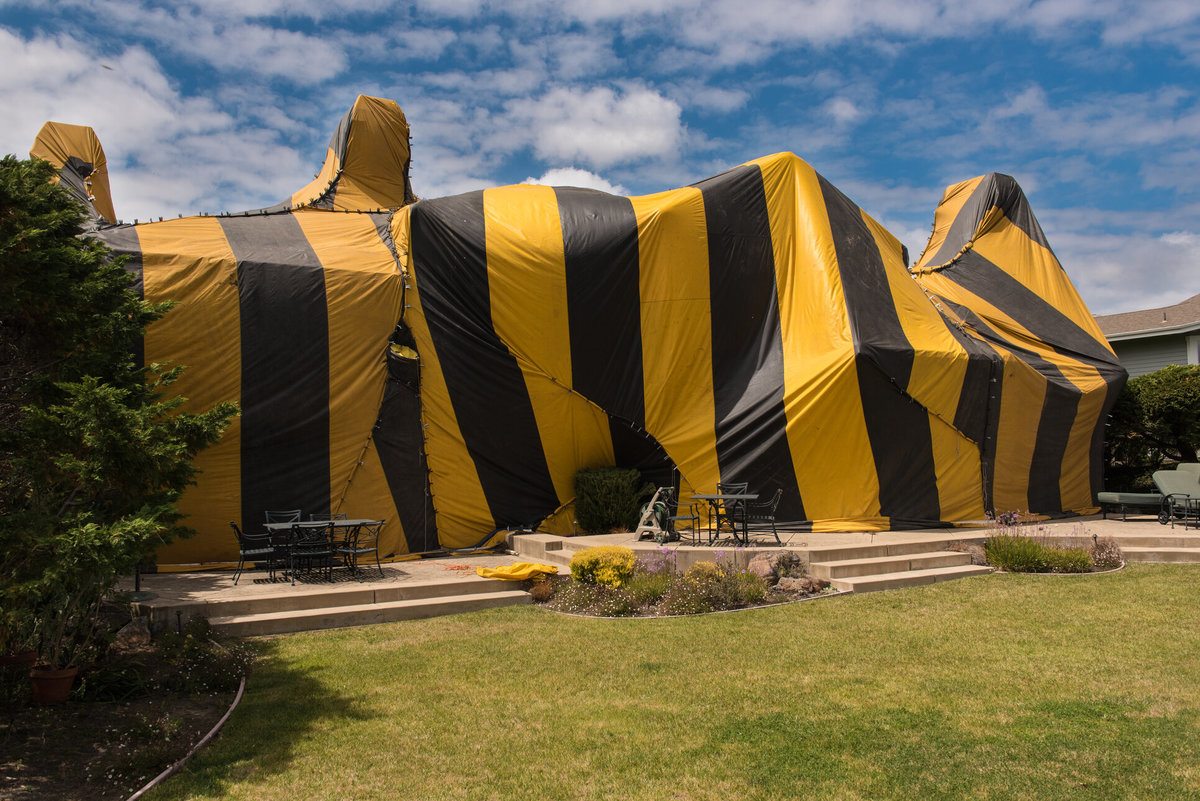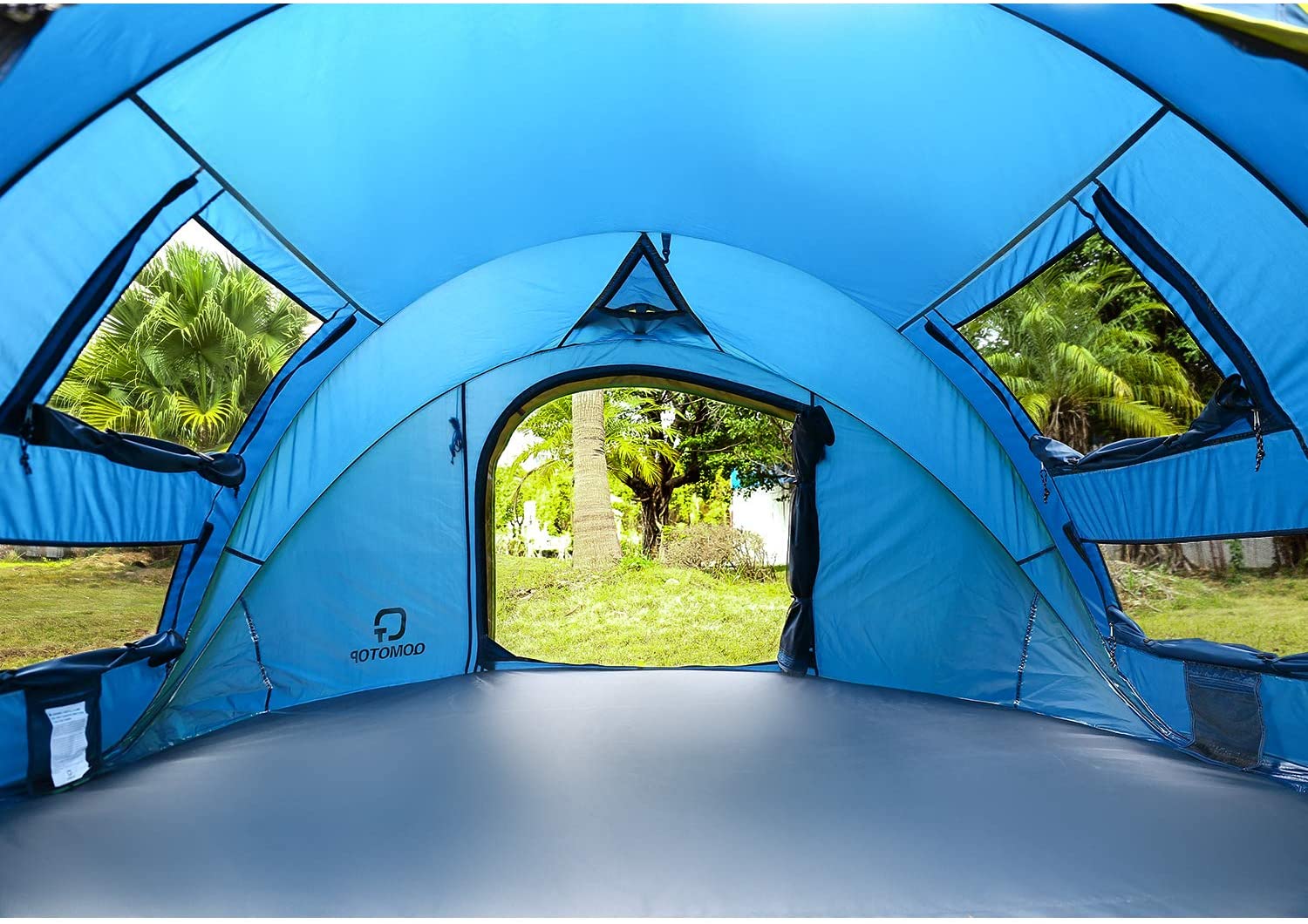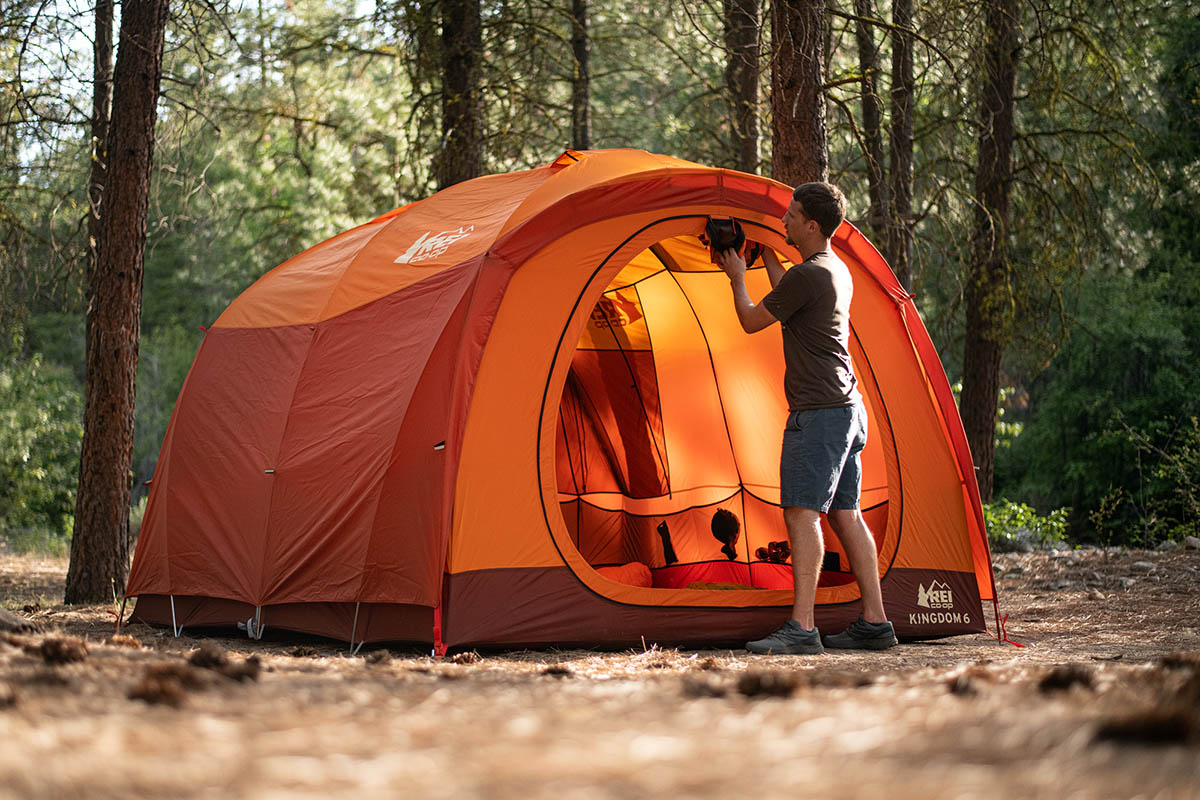I. Introduction

A. Importance of termite control and prevention
Termites pose a significant threat to the structural integrity of homes and buildings, making termite control and prevention crucial. These destructive pests can silently cause damage to wooden structures, leading to costly repairs and compromises to the safety of the property. This article sheds light on the cost implications of termite control, specifically termite tenting, and the importance of addressing termite infestations promptly.
B. Overview of the article’s content and the cost implications of termite tenting
This article aims to provide readers with an understanding of the cost factors involved in termite tenting, a popular method for addressing severe termite infestations. We will explore the process of termite tenting, including inspection, preparation, fumigation, and post-tenting procedures. Additionally, we will delve into the various factors that influence the cost of termite tenting, such as the size and complexity of the house, severity of the infestation, local market rates, and additional services or warranties.
II. Understanding Termite Tenting
A. What is termite tenting?
Termite tenting, also known as fumigation, is a comprehensive approach to treating severe termite infestations. It involves enclosing the entire structure with a large tent and introducing a fumigant gas to eliminate termites throughout the building. This method ensures the eradication of the entire termite population, including those hidden deep within walls or inaccessible areas.
B. Process of termite tenting
- Inspection and identification of termite infestation: Trained professionals conduct a thorough inspection to assess the extent of the termite infestation and identify the affected areas.
- Preparation of the house for tenting: Prior to tenting, homeowners must follow specific guidelines provided by the pest control company, such as removing food, plants, pets, and sealing food containers.
- Tenting process and fumigation: A large tent is placed over the entire structure and sealed tightly to create an airtight environment. Fumigant gas is then released into the tent, thoroughly permeating the building to eliminate termites.
- Removal of the tent and post-tenting procedures: Once the fumigation period is complete, the tent is removed, and the house is ventilated to ensure the dissipation of the fumigant gas. Follow-up inspections may be conducted to confirm the eradication of termites.

III. Factors That Influence the Cost of Termite Tenting
A. Size and complexity of the house
- Square footage: Larger homes require more fumigant gas and longer tenting periods, resulting in higher costs.
- Multiple stories or unique architectural features: Houses with multiple stories or complex architectural designs may require additional tenting materials and methods, impacting the overall cost.
B. Severity and extent of termite infestation
- Degree of infestation: The extent of termite damage and the size of the termite colony affect the amount of fumigant gas required, thus influencing the cost.
- Accessibility of infested areas: Difficult-to-reach areas or concealed termite colonies may require additional treatments or localized fumigation, increasing the overall cost.
C. Local market rates and regional considerations
- Geographic location: The cost of termite tenting varies by region due to differences in labor, material expenses, and market competitiveness.
- Demand and availability: Higher demand or limited availability of pest control services in a particular area can impact pricing.
D. Additional services and warranties

- Additional treatments or services: Depending on the pest control company, additional treatments or services, such as preventive measures or follow-up inspections, may be recommended or offered at an extra cost.
- Warranties: Some companies provide warranties for their termite tenting services, which may incur additional fees but provide peace of mind and potential savings in the long run.
IV. Estimating the Cost of Termite Tenting
A. Obtaining quotes from professional pest control companies
- Importance of seeking multiple quotes: Contacting several pest control companies to obtain quotes allows for comparison and ensures a fair price.
- Factors considered in the quote: Professional companies will take into account factors such as the size of the house, the severity of the infestation, and the local market rates.
B. Understanding the breakdown of costs, including labor, materials, and fumigation chemicals
- Labor costs: The labor involved in termite tenting includes the inspection, preparation, tenting process, and post-tenting procedures. Different companies may charge different rates based on their expertise and location.
- Materials costs: This includes the cost of the tenting materials, such as tarps and tapes, as well as any additional tools or equipment required for the fumigation process.
- Fumigation chemicals: The cost of the fumigation chemicals used will vary depending on the size of the house and the extent of the infestation.
C. Evaluating potential additional costs and fees
- Structural repairs: If termites have caused damage to the structure of the house, there may be additional costs associated with repairs or replacing affected materials.
- Warranties and follow-up treatments: Some pest control companies may offer warranties or follow-up treatments for an additional cost. These can provide added peace of mind and protection against future infestations.

V. Other Considerations and Cost-Saving Tips
A. Alternative termite control methods and their cost comparisons
- Spot treatments: Instead of tenting the entire house, spot treatments can be used for localized infestations, which may be more cost-effective.
- DIY termite control: For small infestations or preventative measures, DIY treatments can be a more budget-friendly option. However, professional assistance is recommended for larger or recurring infestations.
B. Preventive measures to reduce the risk of future termite infestations
- Regular inspections: Scheduling routine inspections by pest control professionals can help detect and address termite issues early, potentially saving on future tenting costs.
- Addressing moisture issues: Since termites thrive in moist environments, addressing moisture problems in and around the house can deter infestations.
C. Taking advantage of discounts or promotions offered by pest control companies
- Seasonal discounts: Many pest control companies offer seasonal discounts or promotions for termite control services. Keeping an eye out for these offers can help reduce costs.
VI. Conclusion

A. Recap of the cost implications of termite tenting
- The overall cost of termite tenting can vary depending on factors such as the size of the house, severity of infestation, and additional services required.
B. Encouragement to prioritize termite control and prevention
- Termite infestations can cause significant damage to homes and structures. Prioritizing termite control and prevention measures is crucial for maintaining the value and integrity of properties.
C. The importance of obtaining professional advice and estimates for an accurate assessment of the cost of termite tenting
- Consulting with professional pest control companies and obtaining accurate quotes is essential for evaluating the cost of termite tenting specific to your situation. This ensures effective treatment and peace of mind in protecting your home from termites.
